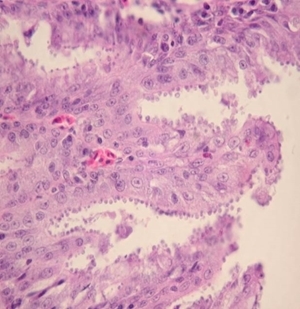 Cryptosporidiosis is a disease that infects the sinuses of poultry, gamebirds and many other species of birds, causing swollen eyes and an excessive production of mucus; it is like a particularly nasty head cold. Unlike other forms of cryptosporidiosis in other species, in red grouse the disease seems to infect the respiratory system not the digestive system. The species involved seems to be one that infects birds only.
Cryptosporidiosis is a disease that infects the sinuses of poultry, gamebirds and many other species of birds, causing swollen eyes and an excessive production of mucus; it is like a particularly nasty head cold. Unlike other forms of cryptosporidiosis in other species, in red grouse the disease seems to infect the respiratory system not the digestive system. The species involved seems to be one that infects birds only.
In poultry, it has been found to be highly resistant to disinfectants. There is no clue as to where the disease came from, whether it has always been present on the moor or whether it has been brought in in some other way. It was first diagnosed in red grouse in northern England in 2010, and in southern Scotland in 2013. Since first being seen, it has become more prevalent. It is now found on about 50% of moors surveyed across northern England. This suggests it is highly contagious. Initial data gathered in 2013 does point to greater rates on moors with higher red grouse densities. However, this early survey work shows a maximum of 7% of grouse infected on a moor at any one time, with very variable infection rates between moors as well.
The GWCT is taking the outbreak of this disease in red grouse seriously because of:
- The rapid rate of spread since 2010.
- The interactions between this disease and other red grouse management techniques.
- The apparent challenges of reducing disease impact.
Most importantly, we have developed a joint research programme with veterinarians from the APHA and in private practice who are assisting us with clinical analysis and diagnosis. These techniques underpin our future studies. Critically for those who invest in heather moors on the back of grouse shooting, we don’t know whether some or many grouse survive the disease, so we have invested in a project to radio-tag infected and uninfected birds and track their fate. So far (January 2014) infection does appear to carry a cost; up to 35% of infected birds in a radio-tag study had died in three months compared to only 5% of healthy grouse.
Dr. Nick Sotherton
Director of Research
July 2014